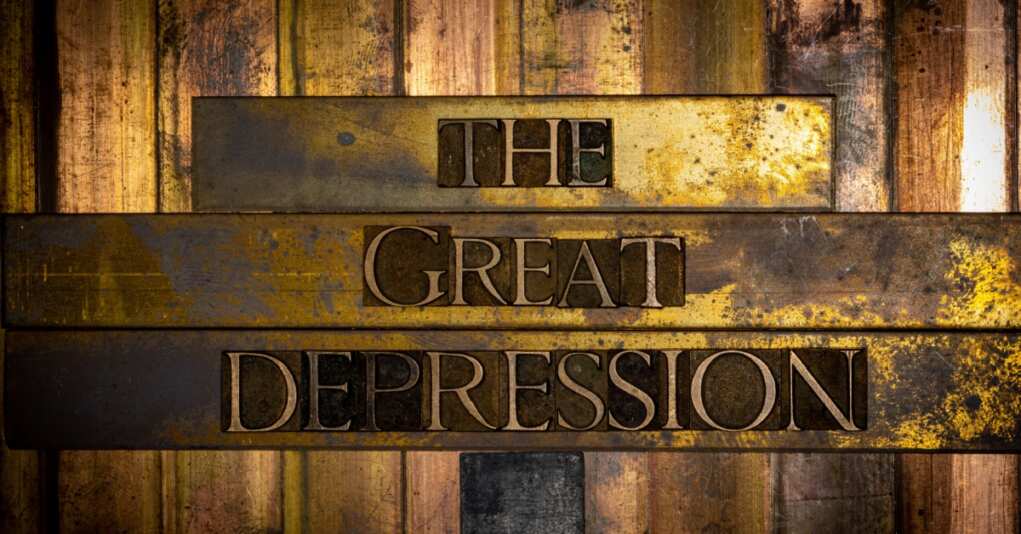The Great Depression’s Hard Lessons: Why Welfare Was Never Meant to Last

The Great Depression was the worst economic crisis in American history. Banks failed, businesses crumbled, and unemployment skyrocketed. Yet, despite the devastation, Americans didn’t surrender to government handouts—they fought tooth and nail to get back on their feet. Fast-forward to today, and we see a completely different story: a bloated welfare system that was never meant to be permanent but has somehow become an industry of government dependency.
So what changed? How did a temporary safety net morph into a trillion-dollar entitlement that traps generations in poverty? It’s simple: politicians learned that dependency buys votes, and bureaucrats realized that welfare programs ensure job security—for them, not for the people they claim to help.
Hard Times Built Strong People
During the Great Depression, Americans were desperate, but they weren’t looking for a free ride. Soup kitchens and breadlines existed, but so did a fierce determination to rebuild. Families scraped together what little they had, took whatever work they could find, and built an economic comeback that would make today’s politicians blush. The Civilian Conservation Corps (CCC) and Works Progress Administration (WPA) weren’t welfare giveaways; they were job programs that demanded effort and output.
Contrast that with today, where millions rely on welfare programs with no expectation of work. The personal responsibility that once defined the American spirit has been replaced by government checks that ask nothing in return. The Depression-era belief that handouts should be temporary and earned has been drowned out by politicians promising “free” everything—without mentioning who’s footing the bill.
Welfare Was a Lifeboat, Not a Cruise Ship
When Franklin D. Roosevelt introduced Social Security and other safety nets, they were never intended to become permanent crutches. They were designed to help people get back on their feet—not keep them on their knees. But as the decades rolled on, these programs expanded beyond their original scope, morphing into a system that rewards complacency instead of hard work.
Lyndon B. Johnson’s “War on Poverty” was supposed to lift people out of financial hardship. Instead, it created a cycle of government dependence that still cripples communities today. Welfare spending skyrocketed, but poverty levels barely budged. Why? Because when you incentivize not working, you get more people who don’t work. It’s basic economics—something Washington seems to ignore.
The Modern Welfare Trap
Today’s welfare state isn’t about helping people through tough times; it’s about keeping them stuck. Generations of families have lived on government assistance, not because they’re incapable of working, but because the system makes it easier not to. Welfare should be a bridge—not a destination—but for millions, it has become exactly that.
Instead of temporary aid, we now have welfare as a career path. Government benefits are doled out with no end in sight, while hard-working Americans foot the bill. And every time a politician suggests reform, they’re labeled “cruel”—as if expecting able-bodied people to work is some radical idea.
The Way Forward: Work, Not Welfare
The solution isn’t complicated: return welfare to what it was meant to be—a short-term safety net, not a way of life. Work requirements should be the norm, not the exception. The government should be encouraging self-sufficiency, not creating more dependency.
America thrived after the Great Depression because people rolled up their sleeves, not because they held out their hands. It’s time to rediscover that spirit. Welfare was never meant to last—and if we want to restore the American Dream, it’s time we stop pretending otherwise.
